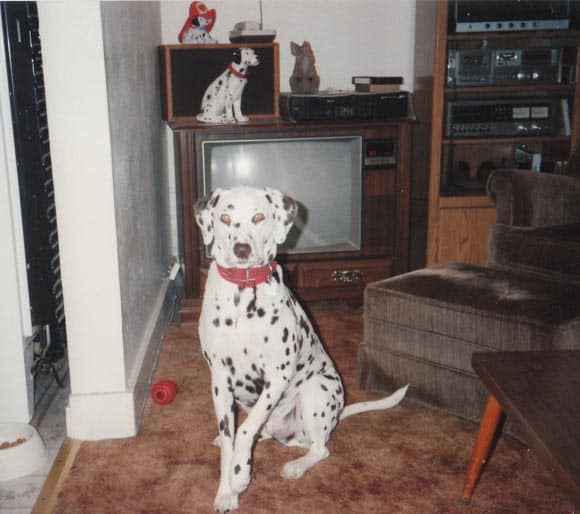Teaching Your Dog To Sit
By Michael Albee
Teaching Your Dog To Sit
Every dog must know the “SIT” command and be highly proficient at it. Teaching Your Dog To Sit is actually one of the easiest commands to teach and to learn. I have taught it to puppies as young as 7 week of age in only one session. It might take a few sessions for older dogs or dogs who have focus issues. With repeated and consistent training your dog will figure it out and master it very quickly.
GETTING STARTED
To begin teaching your dog to “SIT” start with the dog in front of you so that you are facing each other. You should be sitting or kneeling so that you are at or near the dog’s eye level.
With a small piece of “High Value” treat in your hand (between your thumb and forefinger) get the dog’s attention. Hold the treat several inches in front of your dog’s nose so the dog can smell it. Make sure your hand is also several inches above your dog’s head so that the dog is Looking UP at it.

Next, turn your hand slowly until your palm is facing up. Move your hand slowly over the dog’s muzzle back to just over his ears. The dog will try to follow the treat with it’s nose. Bend at the wrist while the dog is watching your hand. The treat will begin to move up and away from the dog’s nose. The dog should naturally sit as it tries to follow the treat. When the dog is sitting, give him the treat and say “GOOD DOG.”
If it doesn’t Sit, DO NOT treat. Just start over!
You can add the verbal command “Sit” once your dog begins to sit when it see you moving the treat.
Repeat this up to 10 times per session. Do at least 3 or 4 training sessions per day until your dog does the behavior perfectly every time.
Plan to reinforce the training occasionally to insure that your dog remembers it. Like humans, “Use It, or Loose It” applies here.
Once the dog has the sit command, all of the other basic commands should be easier because most of them require your dog to be able to sit.
REMINDER:
As with all training, keep your sessions short. Training sessions should be kept under 10 minutes in length. Finish each session with your dog correctly doing a behavior.
Always do something that your dog likes to do when the session ends. Playing with the dog’s favorite toy or going for a walk will keep your dog interested in training. Because there is a “fun time” following the training, it will make the dog more willing to train well.
NEED HELP?
There are several variations of this training that will get the same results. If you need help teaching you dog to sit you can contact us and we can give personal instruction. Contact Us.
